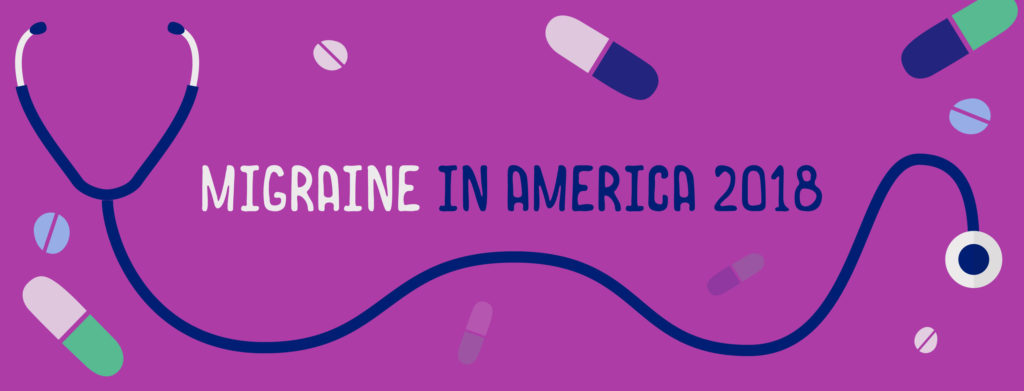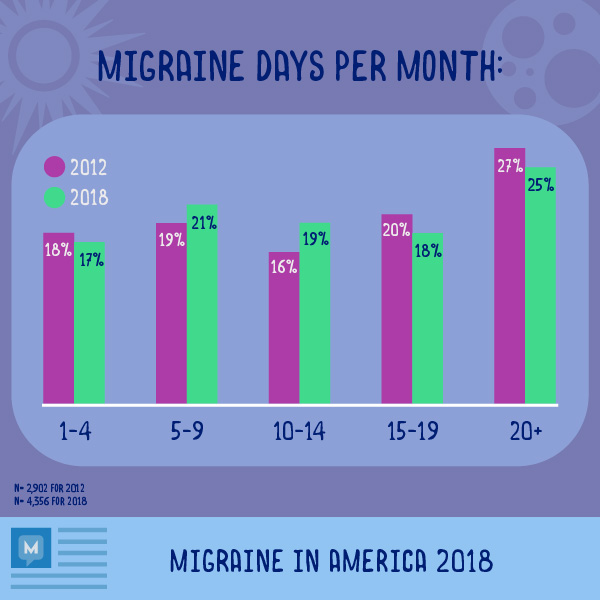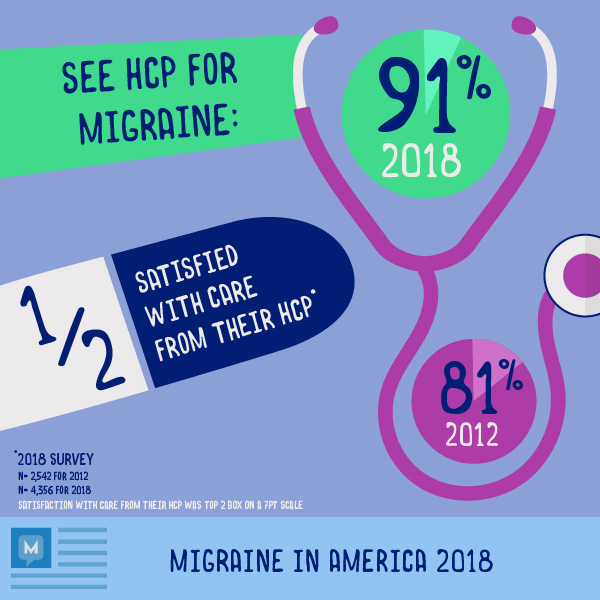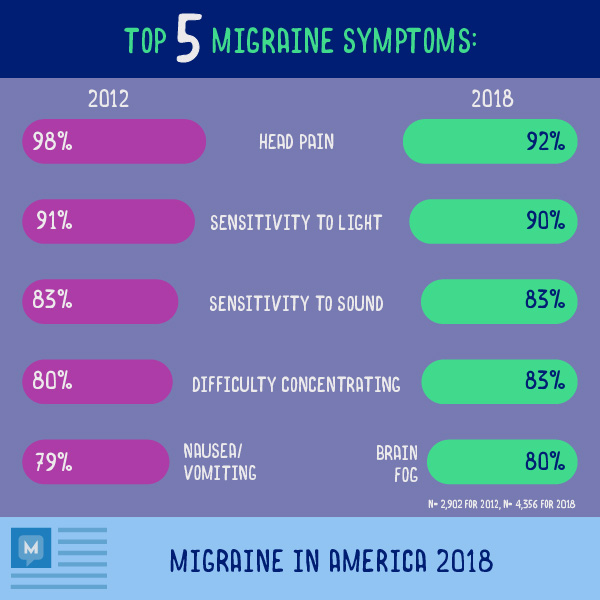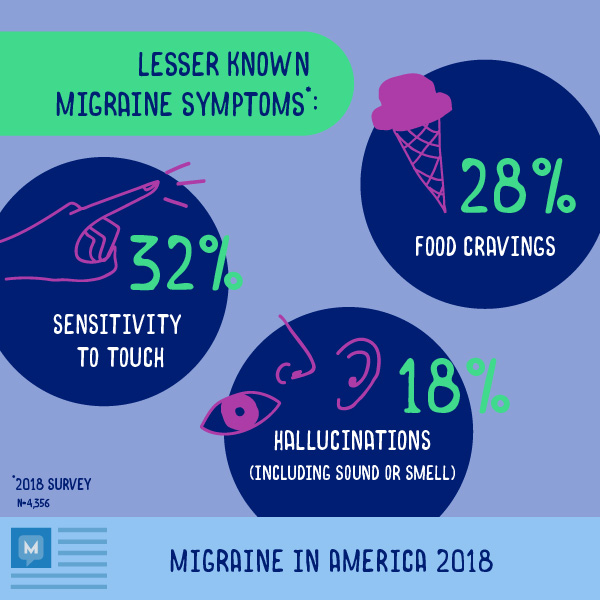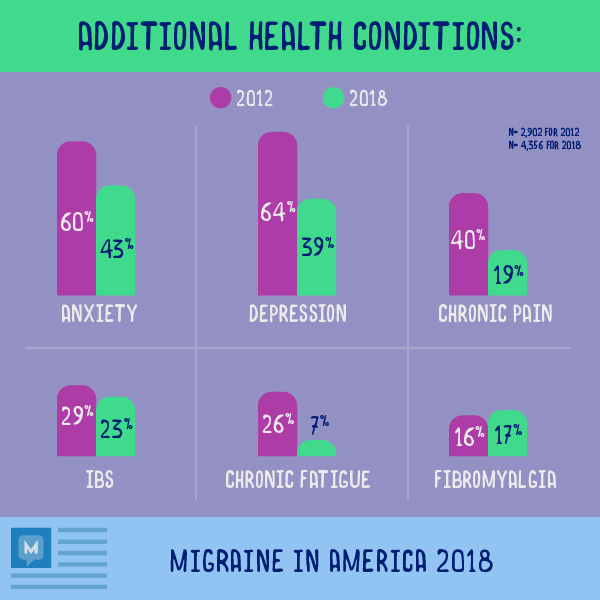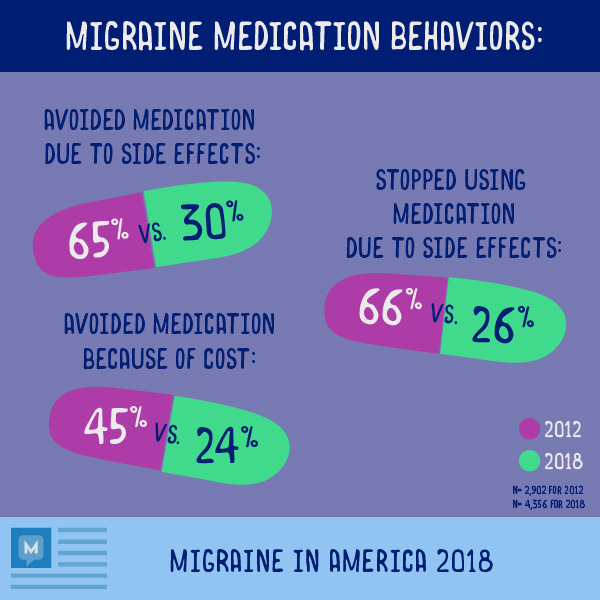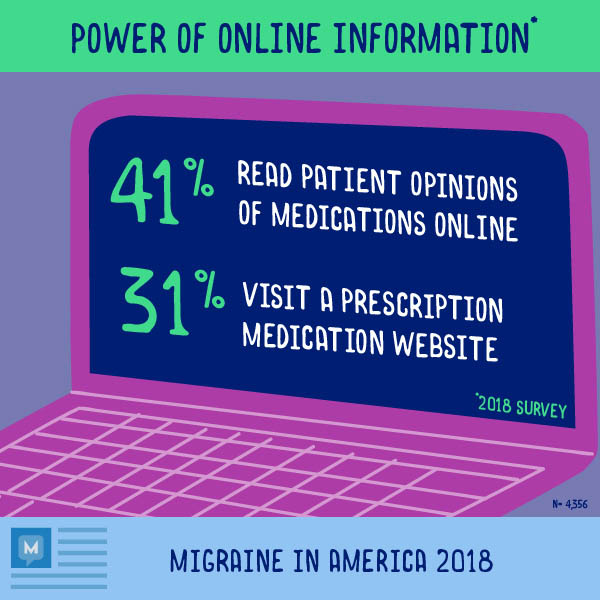Perhaps it’s time for doctors to start prescribing more produce than pills. That’s, at least, what researchers argue in a new study that finds “prescriptions” for healthy foods could save more than $100 billion in healthcare costs.
Researchers at Tufts University made the case that subsidized fruits and vegetables could prevent millions of cases of chronic diseases.Roughly 70% of diseases in the U.S. are chronic and lifestyle-driven, according to the CDC, and nearly half of the population has one or more chronic health conditions, such as diabetes, asthma, heart disease, obesity, or cancer.
It’s an expensive issue: 86% of annual healthcare costs in the U.S. are driven by chronic disease. Meanwhile, U.S. healthcare expenditures tripled in the last 50 years, from 5% of gross domestic product in 1960 to 17.9% in 2016, according to the CDC.
The study, published in the the medical journal PLOS Medicine, followed adults between the ages of 35-80 who were enrolled in Medicare and/or Medicaid. It then established two scenarios: one in which Medicare/Medicaid covered the cost of 30% of fruits and vegetables, the other in which it covered fruits, vegetables, seafood, whole grains, plant oils, and other healthy foods.
The results showed that with such subsidies, subjects rely less on healthcare. The first scenario would prevent 1.93 million cardiovascular events (such as heart attacks) and 350,000 deaths, as well as cut healthcare costs by $40 billion. The expanded second scenario would prevent 3.28 million cardiovascular events, 620,000 deaths, and 120,000 cases of diabetes–and save the U.S. system a whopping $100 billion.
“Both scenarios were cost-effective at five years and highly cost-effective at 10 and 20 years and over a lifetime,” reads the study.
Currently, 76% of traditional physician visits result in a prescription for a drug, adding another $3.3 trillion spent nationally on healthcare per year.
Food as medicine has been advocated across the healthcare and wellness industries. Last year, the 2018 Farm Bill included a $25 million Produce Prescription Program to fund pilot projects that institute healthier foods.
It comes after several other attempts to cover nutritious food costs. In 2013, New York tested a prescription food pilot program at two public hospitals which served primarily low-income and working-class neighborhoods. Families were given vouchers and routinely met with nutritionists to discuss their eating habits.
Incorporating better foods is also a strong element of functional medicine, which pushes a more holistic approach to health and well-being. Primary care startup Parsley Health, for example, advocates “prescriptions” for healthier foods (as well as yoga or meditation) in addition to relying on pharmaceuticals. It currently has three locations and plans to expand in the coming year.
“These food as medicine approaches are gaining real traction,” the study’s author Dariush Mozaffarian, dean of the Friedman School of Nutrition Science and Policy at Tufts University, tells Popular Sciencemagazine. “If pilot studies are implemented and work, there’s a very real chance you could in the near future go to the doctor, a doctor could write a prescription for food, and an insurance company will pay for part.”
Yours in Service,
Rachel Huerta, ARNP
Owner of Direct Primary Care of Boca Raton
2017 Healthcare Woman of Distinction Award Winner
Immediate Past-President of The Rotary Club of Boca Raton



